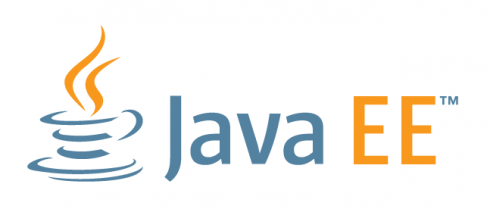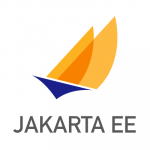
The Java EE 8 release has been the slowest in history. Meanwhile, Java EE developers have been anxious to get their hands on it, because the world has changed dramatically in five years. Nevertheless, Java EE is an extremely successful platform, and the Java Community Process (JCP) has stewarded more than 20 compatible implementations, resulting in a $4 billion industry. Java isn’t going away anytime soon. In fact, it’s better than ever with the latest release.
“The Java EE releases were faster during its first releases and started to slow down with Java EE 6,” said Cesar Saavedra, technical marketing manager at Red Hat. “The longer release cycles started back in 2006 which meant a slowdown in innovation introduced by each new version of Java EE.”
A lot has happened since 2005, however. The proliferation of mobile devices, the growth in communication bandwidth and storage capacities, and the commoditization of cloud infrastructure services enabled new business models and channels. The digital economy was born which necessitated a whole new set of technical and business requirements. Concepts like omni-channel, multi-speed IT, agile methodologies, continuous integration and continuous delivery, DevOps, microservices architecture, hybrid cloud, and API management have all become popular because they address the needs of businesses embracing digital transformation.
Likewise, technologies such as containers and open-source software have also garnered significant market traction because they’re able to deliver the agility required by digital businesses. All of this means that Java EE developers and their organizations are now challenged with adapting their existing Java EE applications to the new digital norm. Many have already started doing this by developing microservices using Java EE. They’re either moving their Java EE applications into lighter-weight application servers and deploying them using container technologies, or they’re rewriting their Java EE applications onto cloud-native application runtimes and frameworks.
If you’re faced with the same reality, consider these four points:
Java EE goes to Eclipse Foundation
Java EE is moving to The Eclipse Foundation, which is great news for the developers and organizations. The Eclipse Foundation runs many open source projects with a community based governance approach that fosters collaboration and rapid innovation.
“I think the innovation cadence and evolution of the project will increase with the feedback and input of the community for the benefit of the community,” said Saavedra. “Developers, organizations and the Java EE ecosystem will be able to reap the output of the project, which will contain innovations that directly address the needs of digital businesses.”
Java EE developers can reuse their skills
Java EE developers can continue to use and leverage their Java EE experience and knowledge to maintain existing workloads. They can also adapt their workloads to new digitally-friendly environments, such as container-based environments, or develop microservices using Java EE.
“Skill reuse is really important,” said Saavedra. “Organizations can continue running and developing applications in Java EE, a trusted framework with RASP (reliability, availability, scalability, and performance) capabilities to run production workloads. In addition, companies will be able to secure Java EE resources from the existing job market and they won’t have to spend money retraining their existing Java EE resources.”
Eclipse MicroProfile will spur innovation
Eclipse MicroProfile is an open source specification for Enterprise Java microservices. As an open-source project under The foundation, MicroProfile focuses on rapid innovation and has a time-boxed incremental release schedule.
“Eclipse MicroProfile comprises a community of individuals, organizations, and vendors collaborating to bring microservices to the Enterprise Java community,” said Saavedra. “They’re leveraging Java EE technologies and adding new functionality.”
Eclipse MicroProfile sub-projects can become Java Specification Request (JSR) candidates, like the MicroProfile Config API which was recently proposed to the JCP. Now that Java EE is moving to the Eclipse Foundation, there are plans to leverage MicroProfile by Java EE.
Java EE implementations
Lastly, Java EE implementers and ecosystem players can continue to evolve their support and capabilities for DevOps, hybrid cloud, and modern architectures including microservices and container-based environments orchestrated by Kubernetes.






